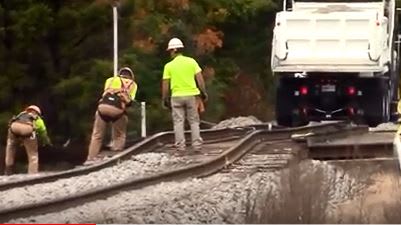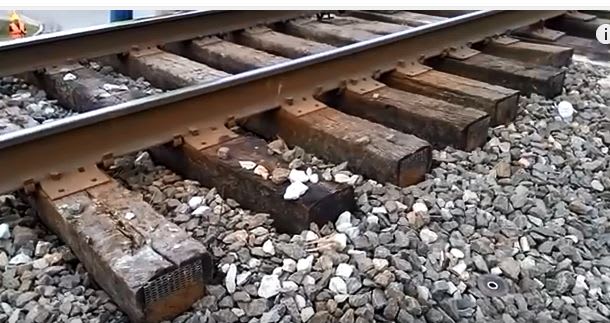"1) The [Sydney tunnel] water curtain stop sign is manually operated."
I assume that you picked that up from the online video, where somebody presses the big red button. Did you consider the possibility that that's just a demo deployment, while the film crew were onsite?
Automatic overheight sensors are not a technological leap as you have erroneously concluded. They're used everywhere. Your objections are extraneous.
I can't be bothered to find the error in your financial conclusion, but it is obviously incorrect. As evidenced by them proceeding with the project.
I assume that you picked that up from the online video, where somebody presses the big red button. Did you consider the possibility that that's just a demo deployment, while the film crew were onsite?
Automatic overheight sensors are not a technological leap as you have erroneously concluded. They're used everywhere. Your objections are extraneous.
I can't be bothered to find the error in your financial conclusion, but it is obviously incorrect. As evidenced by them proceeding with the project.

![[ponder] [ponder] [ponder]](/data/assets/smilies/ponder.gif)

